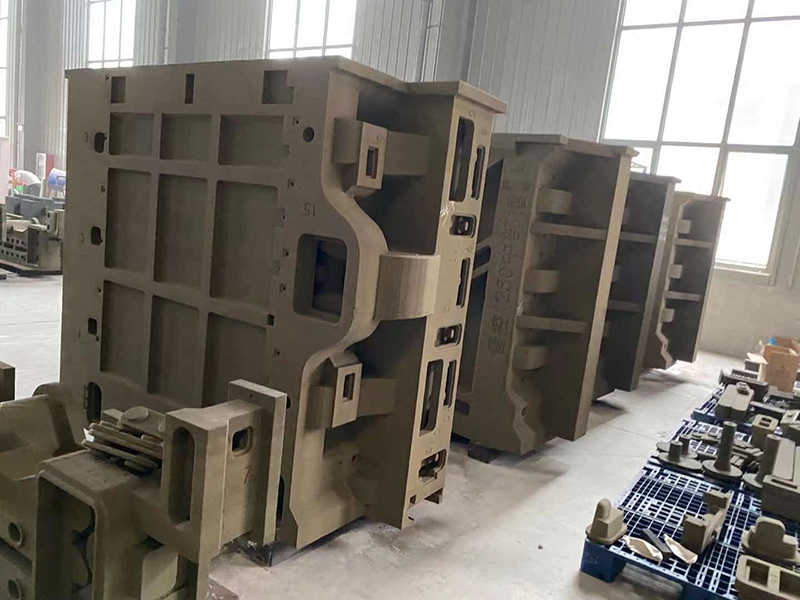The Rich History of Sand Casting A Journey Through Time
Sand casting, also known as sand mold casting, is one of the oldest and most widely used metal casting processes. Its history dates back thousands of years, demonstrating humanity's ingenuity in transforming raw materials into functional objects. This process involves creating a mold out of sand, which then serves as the vessel for pouring molten metal. The simplicity and versatility of sand casting have allowed it to endure through the ages, making significant contributions to various industries.
The origins of sand casting can be traced back to ancient civilizations. Archaeological evidence suggests that the Egyptians utilized sand casting techniques as early as 3000 BC. They cast intricate sculptures, tools, and other functional items using bronze and copper. This early adoption highlights the significance of molten metal in creating specialized tools and decorative art. The craftsmanship involved in these early castings illustrates the meticulous nature of the sand casting process, which requires precision and skill.
The Rich History of Sand Casting A Journey Through Time
As we progress into the Middle Ages, the craft of sand casting continued to thrive. During this period, trade guilds emerged, which played a crucial role in safeguarding the knowledge and skills associated with metalcasting. These guilds ensured that the techniques passed down through generations were preserved, contributing to the standardization of sand casting practices. Moreover, the Renaissance sparked a renewed interest in art and science, leading to further advancements in metallurgy and casting techniques. Artists and craftsmen began to collaborate, resulting in stunning decorative pieces that showcased the beauty of sand-cast metalworks.
sand casting history

The Industrial Revolution in the 18th and 19th centuries marked a monumental shift in the sand casting industry. The introduction of new materials and technologies revolutionized the production process. Iron and steel became the primary metals utilized in sand casting, owing to their strength and availability. Mechanization significantly increased production speed and efficiency, enabling mass production of casting items. Factories began to emerge, employing specialized workers and modernizing the sand casting process. This era saw the rise of engine components, machinery parts, and consumer goods, establishing a diverse market for sand-cast products.
In the 20th century, the advent of new casting techniques and materials further transformed the sand casting landscape. The introduction of sand additives, such as chemicals and polymers, improved the molds’ strength and surface finish. Advancements in digital technology have also begun to influence the industry, with computer-aided design (CAD) systems optimizing the design and production processes. Despite these innovations, the core principles of sand casting remain unchanged, highlighting the enduring nature of this age-old technique.
Today, sand casting continues to be a vital method in various industries, including automotive, aerospace, and art. Its ability to produce complex shapes with relatively low costs makes it an invaluable option for manufacturers. The process is not only an industrial necessity but also an art form, with many foundries dedicated to creating artistic metal sculptures and decorative items.
In conclusion, the history of sand casting is a reflection of human ingenuity and adaptability. From its ancient origins to its modern applications, sand casting has evolved significantly while maintaining its fundamental principles. The enduring relevance of this technique is a testament to its versatility, and as technology continues to advance, sand casting will likely adapt, continuing to play an essential role in the world of metalworking for generations to come.
Post time:нов . 27, 2024 22:34
Next:Innovative Techniques in 3D Printing with Sand for Sustainable Construction Solutions
